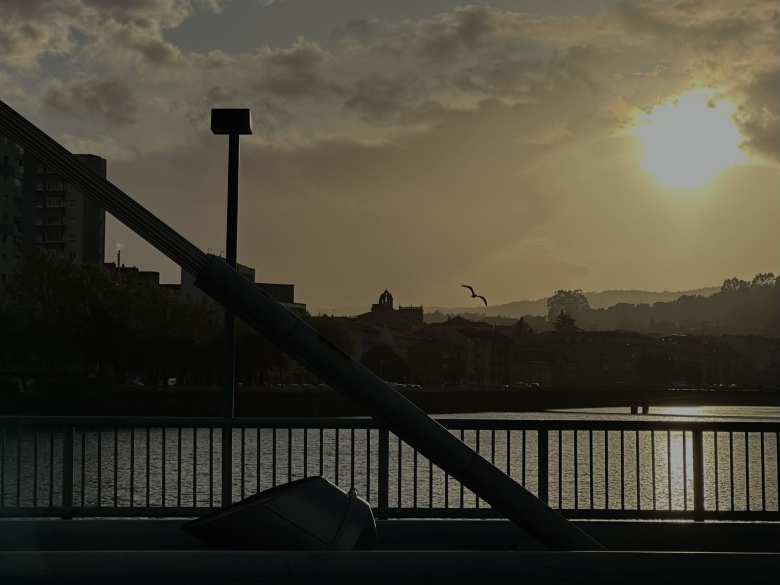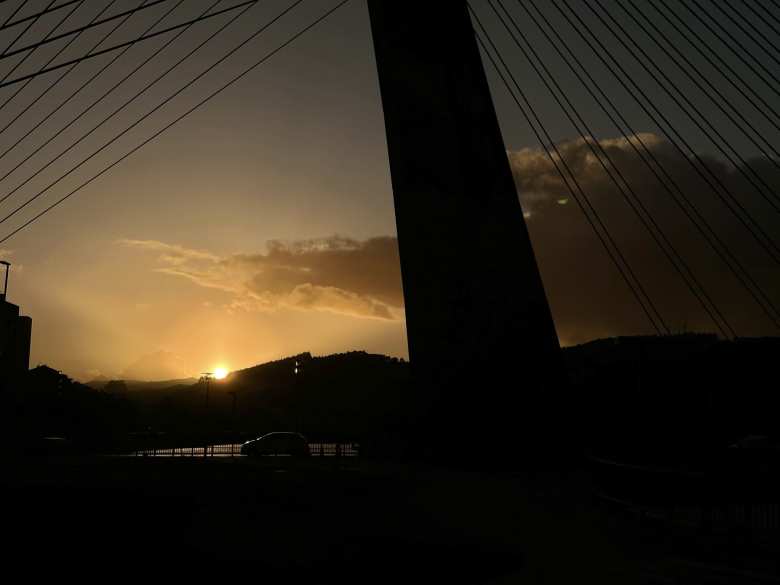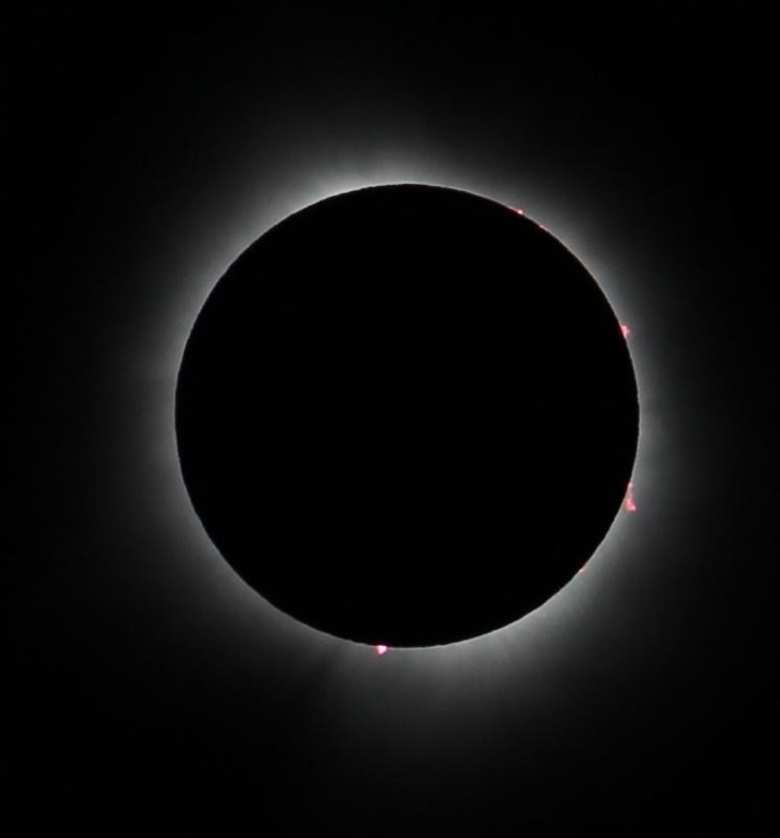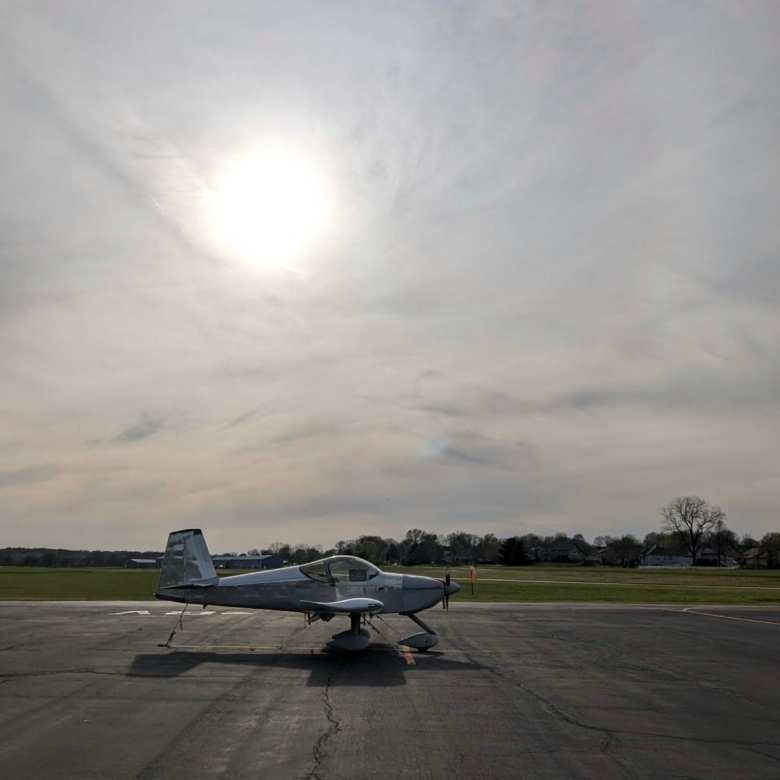My Misadventure with the Great American Solar Eclipse: Lessons Learned
April 8, 2024, marked a day of palpable anticipation as individuals worldwide geared up to behold the awe-inspiring spectacle of a total solar eclipse. Personally, my excitement was palpable as I eagerly anticipated experiencing this celestial marvel from Pontevedra, Spain. Recollections of my sole encounter with a similar event, the total solar eclipse of August 21, 2017, witnessed from the southern outskirts of St. Louis, flooded my mind, fueling my enthusiasm to relive such a rare occurrence once more.
While much attention had been given to the Great American Eclipse of 2024, Spanish news outlets assured us that the eclipse would also grace the skies of Galicia, Spain, for roughly five minutes beginning at 9:02 p.m. However, I misinterpreted a crucial detail and assumed that totality would commence precisely at 9:02 p.m. rather than the gradual process of the sun’s eclipse beginning at that time.
My preparations were marred by the pessimistic forecast and the persistent rain that had plagued Galicia for the past two months. Additionally, I failed to secure eclipse viewing glasses in time, further dampening my hopes of witnessing the event firsthand.
As the anticipated hour approached, my friend E, who had flown his homebuilt plane from Colorado to Doniphan, Missouri, shared a photo of the partial eclipse he observed.

This spurred me to venture outside to catch a glimpse of the celestial spectacle. Despite initial cloud cover, the sun emerged, albeit partially obscured.

Ruing my lack of proper equipment like eclipse glasses, I resorted to capturing the eclipse with my iPhone camera using reduced exposure settings. Mistakenly believing that what I saw was the beginning of the eclipse, I eagerly awaited the impending totality.
At 8:49 p.m., the sun dipped below the mountains, prompting me to contemplate running several miles to a vantage point with an unobstructed view.

However, serendipity intervened in the form of my friend José, who just happened to be walking on the same bridge I was next to. I shared my excitement of the imminent eclipse with him.

With each passing minute, I anticipated the transformative moment when the sky would darken in totality. Yet, as 9:02 p.m. arrived, the subtle changes in light failed to meet my expectations. I started taking the following time-lapse video at 9:04 p.m. for a couple of minutes, and the light in the sky hardly changed during that time.
Unbeknownst to me, the eclipse would unfold gradually over the next hour, reaching its maximum extent at 9:55 p.m. during mid-nautical twilight.
Reflecting on this misadventure, several valuable lessons emerged:
Firstly, adequate preparation and understanding of eclipse phenomena are essential. Acquiring eclipse viewing glasses well in advance and familiarizing oneself with the eclipse’s timeline are crucial for a fulfilling experience.
Secondly, cloud cover does not necessarily preclude eclipse viewing, if the eclipse were to occur during sunset when the sun may emerge beneath the clouds.
Lastly, leveraging resources like timeanddate.com can provide precise information on eclipse timings and paths, facilitating optimal viewing opportunities.
In hindsight, while my attempt to witness the total solar eclipse of 2024 may have fallen short of expectations, the lessons learned serve as invaluable insights for future astronomical pursuits. As I eagerly await the next celestial event, armed with newfound knowledge and preparedness, I anticipate a more rewarding experience under the vast expanse of the celestial canopy.
The Next Eclipses
The website timeanddate.com has a great webpage displaying the totality paths of the next eclipses.
While U.S. residents will have to wait until 2044 for the next opportunity to see a solar eclipse from their home turf, folks staying in Spain will have one on these dates:
- August 12, 2026 (total)
- August 2, 2027 (total)
- January 26, 2028 (annular)



